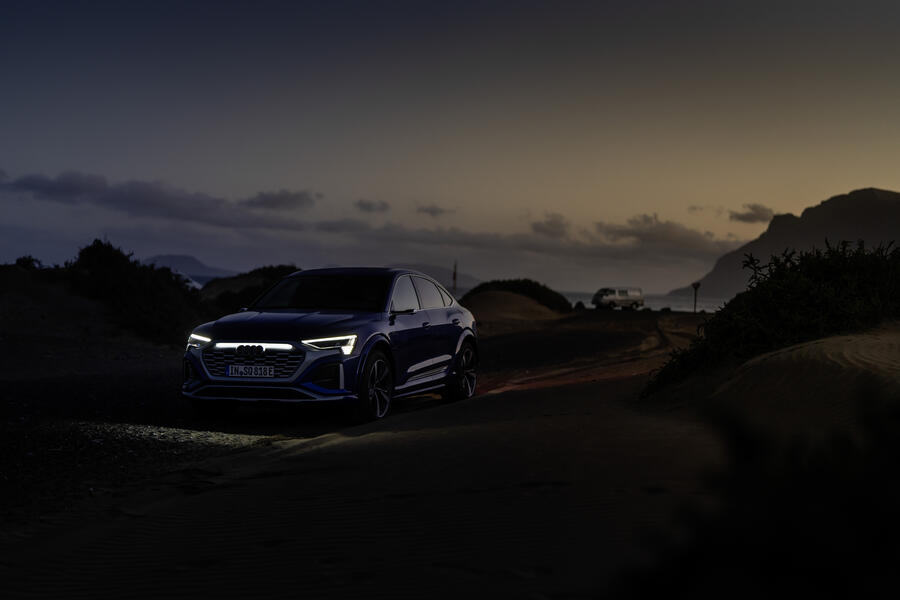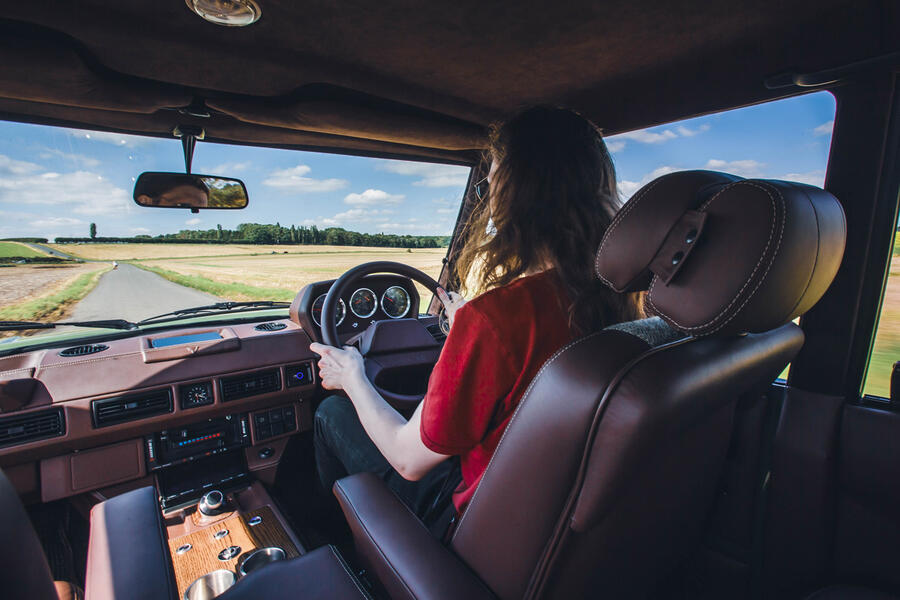The entire rear half of the MPV’s cabin has been modified to offer the necessary equipment for emergency medical purposes.
![Toyota Innova Crysta Ambulance Toyota Innova Crysta Ambulance]()
-
The Innova Crysta Ambulance is available in two variants: Basic and Advanced
-
Gets more than just ambulance-specific stickers and graphics on the outside.
-
Inside, the second and third row seats have been removed to accommodate the stretcher.
-
Top-spec comes loaded with medical equipment such as Multiparameter Health Monitor, an oxygen delivery system, and Kendrick Extrication device.
-
The Innova Crysta is only available with a diesel-manual powertrain.
The Toyota Innova Crysta MPV is a well-known and popular people mover in India, especially when a blend of driving dynamics and passenger comfort are a priority. Now, those aspects of the premium MPV are being leveraged for medical purposes with a detailed conversion that can transform the Innova Crysta into an ambulance.
This ambulance conversion process is carried out in partnership with Pinnacle Industries Ltd, and there are two versions available – Basic and Advanced.
How Is It Different?
![Toyota Innova Crysta Ambulance Toyota Innova Crysta Ambulance]()
While the Innova Crysta Ambulance looks no different from its regular version in terms of overall design, it features ambulance-specific red and yellow stickers all around and emergency flashing lights have been mounted on the roof.
Inside, the front of the cabin is separated from the rest by a partition to separate the patient and paramedic from the driver. The Innova Crysta’s second and third-row seats have been removed to accommodate the stretcher, a front-facing paramedic seat and other emergency equipment, such as portable and stationary oxygen cylinders and a cabinet for storing medical equipment.
Ambulance Features
![Toyota Innova Crysta Ambulance Interior Toyota Innova Crysta Ambulance Interior]()
The entire right-wall of the modified cabin in the Ambulance version of the Innova Crysta is equipped with all the necessary equipment needed for emergencies. The fully loaded Advanced trim comes with features such as the Multiparameter Monitor, which helps monitor the health parameters of a patient, an oxygen delivery system, the Kendrick Extrication Device (used for head, neck, and torso support), portable suction aspirator, and a spine board.
Additional power sockets are also provided inside the cabin to operate all the electronics.
Also Check Out: This Could Be The Look For The India-spec Toyota Rumion
Same Engine
The Innova Crysta Ambulance uses the same 2.4-litre diesel engine (150PS and 343Nm) as the regular Innova Crysta. This unit is mated to a 5-speed manual transmission.
Why An Innova Ambulance?
![Toyota Innova Crysta Ambulance Toyota Innova Crysta Ambulance]()
While a conventional ambulance seems to be ideal as it is built for that specific purpose, it is not perfect for every situation. Furthermore, they are quite expensive and are best used for emergency medical situations, whereas other vehicles can be considered for simpler uses like transporting patients that are not in severe need for medical attention.
That’s where the Innova can act as an alternative for a single-patient transport and its relatively smaller size makes it easier to navigate through city conditions. Addtionally, its pliant ride quality can be beneficial for long-haul hospital transfers.
The Regular Innova Crysta
The 3-row Toyota Innova Crysta, most commonly used as a family MPV, is priced from Rs 19.99 lakh to Rs 25.68 lakh (ex-showroom India). The additional cost of the ambulance conversion has not been revealed. The Innova can be considered as an premium alternative to the Mahindra Marazzo and the Kia Carens, the latter of which is also offered with an emergency vehicle conversion.
Read More on : Innova Crysta diesel
















